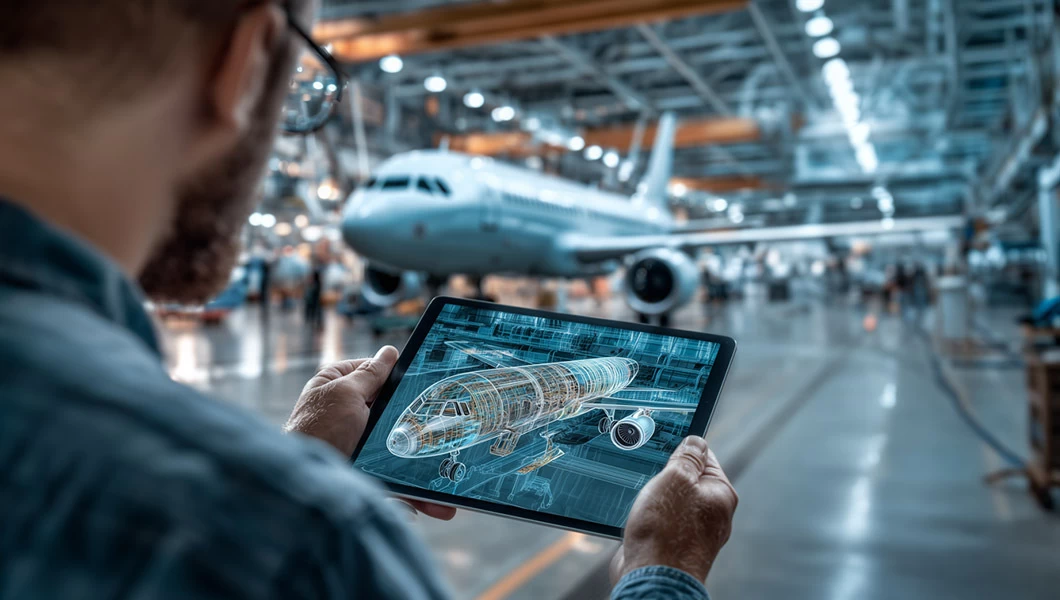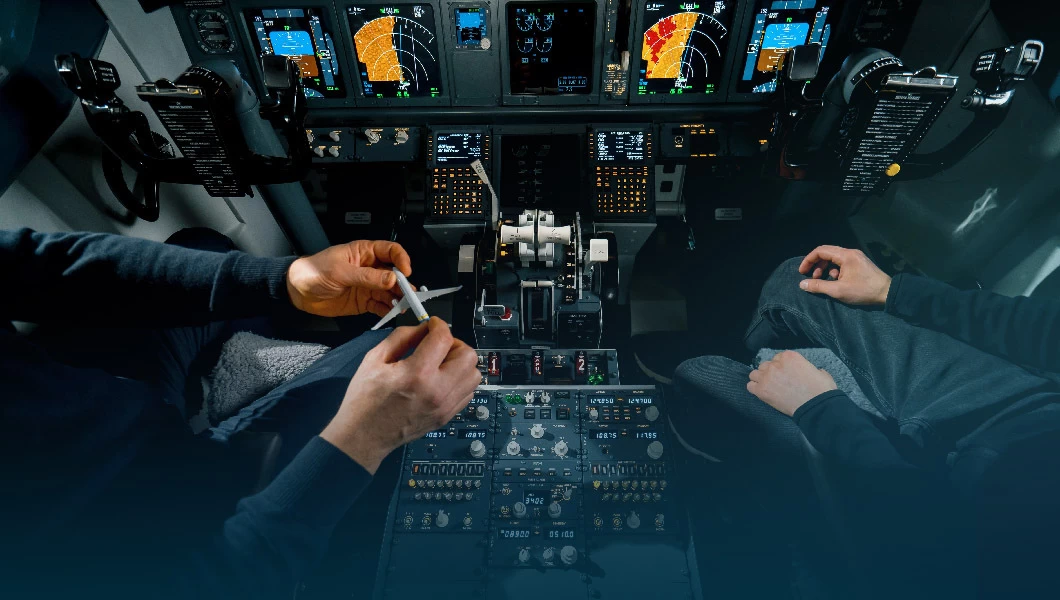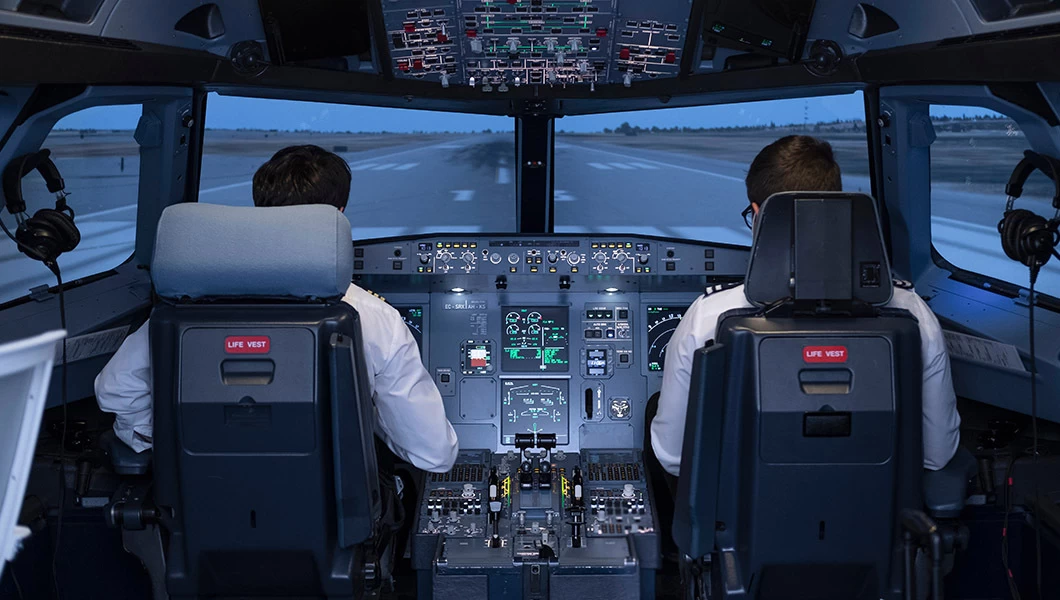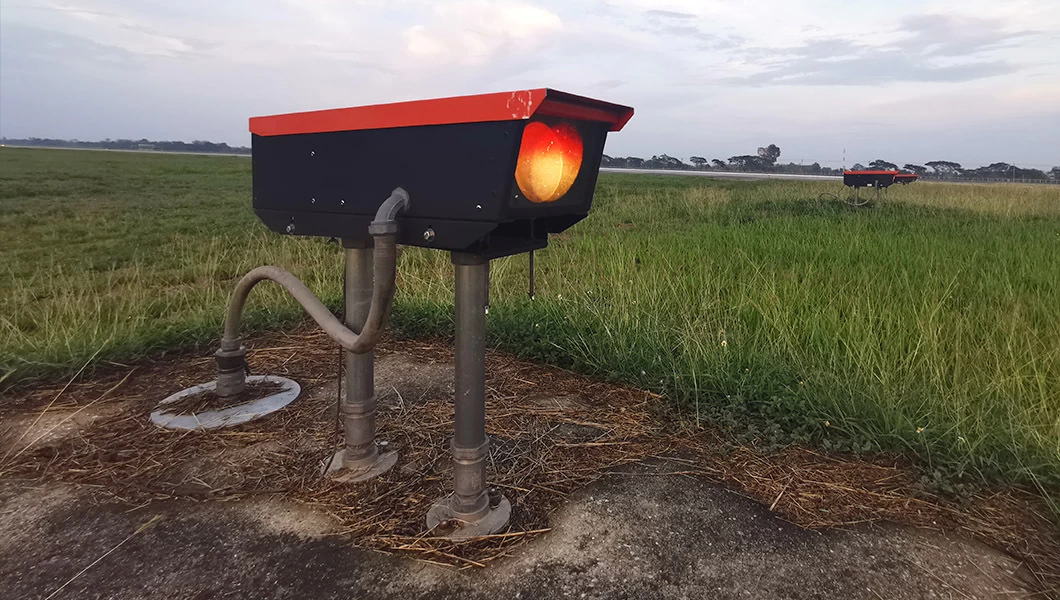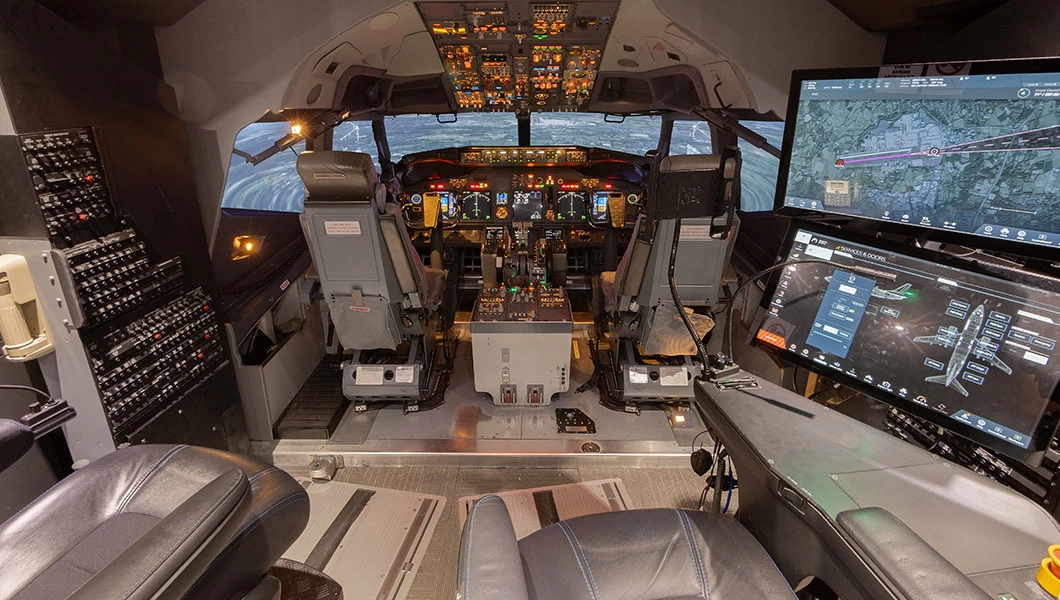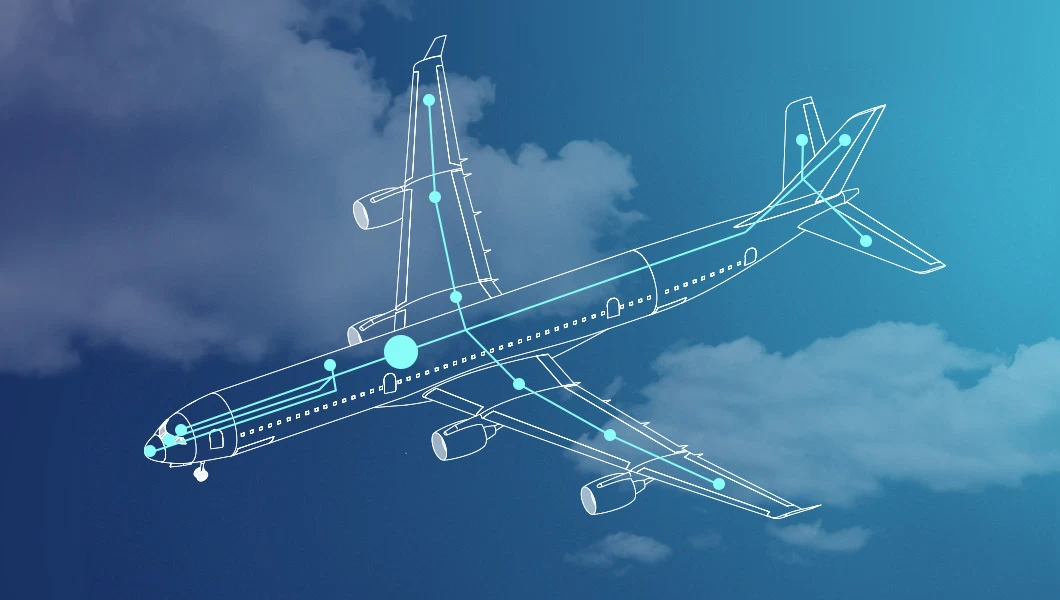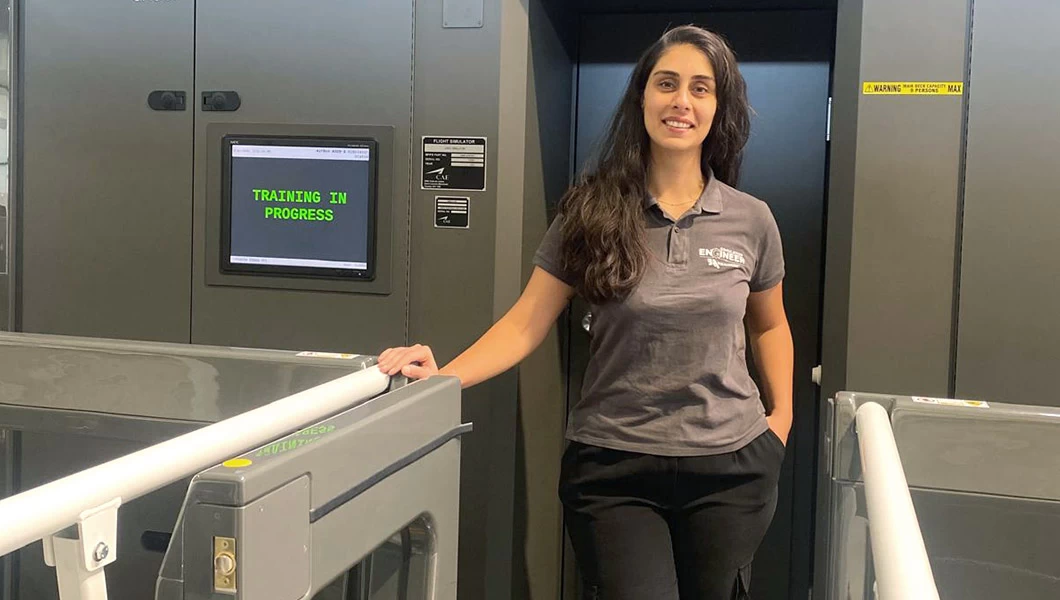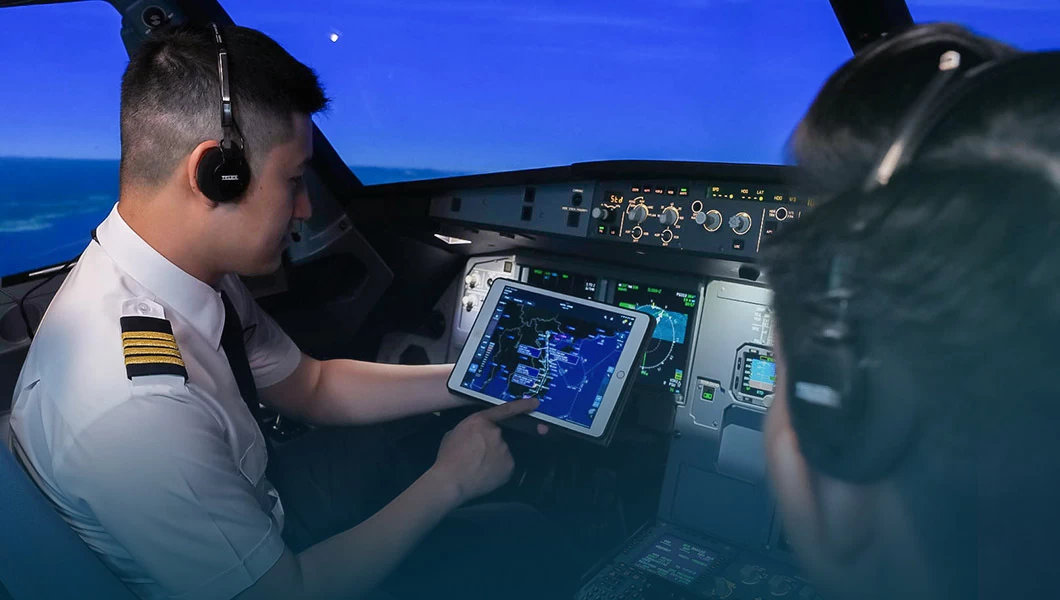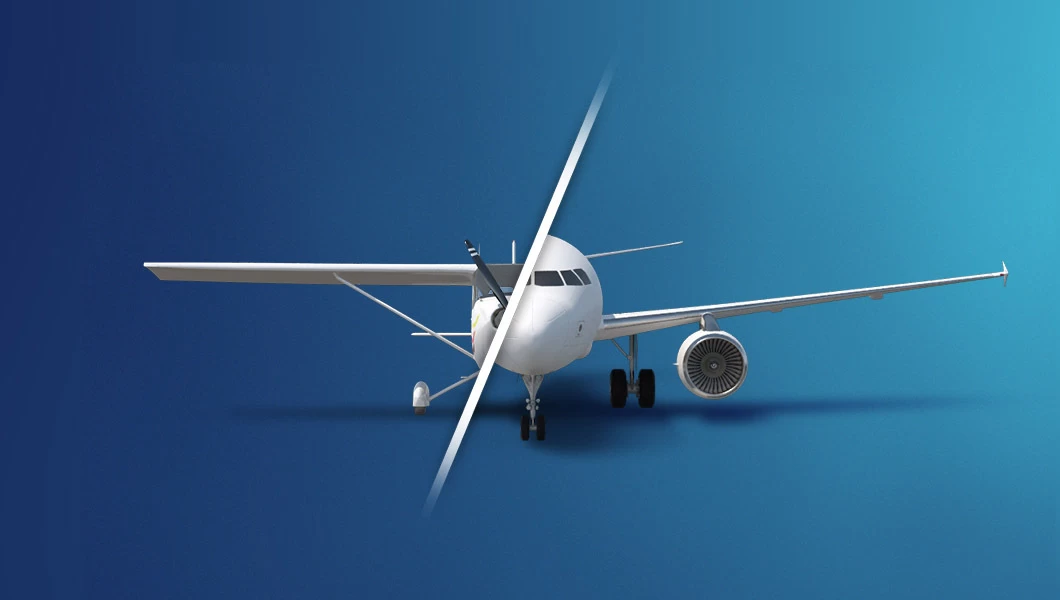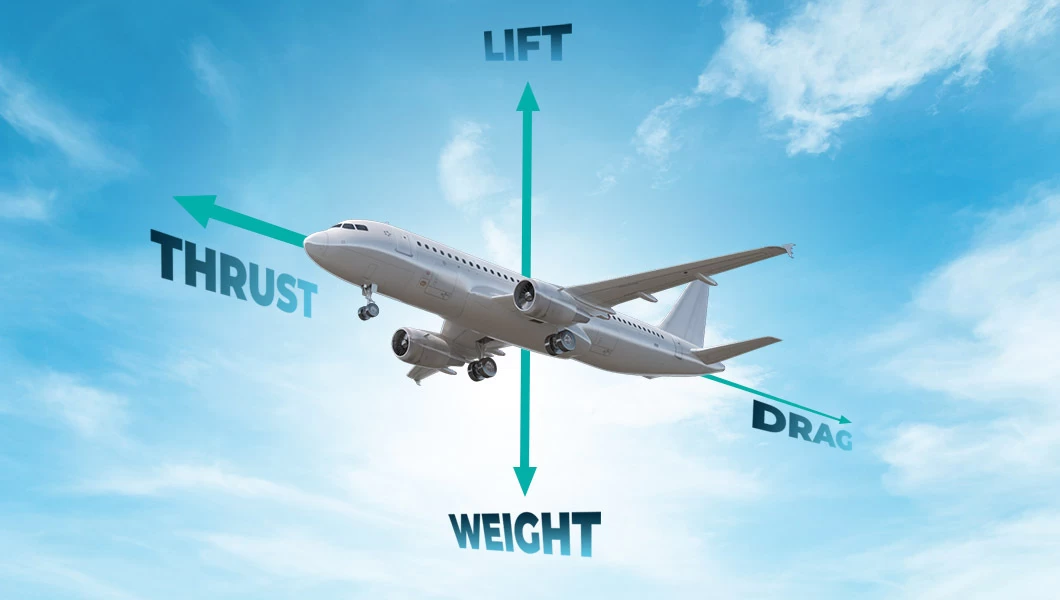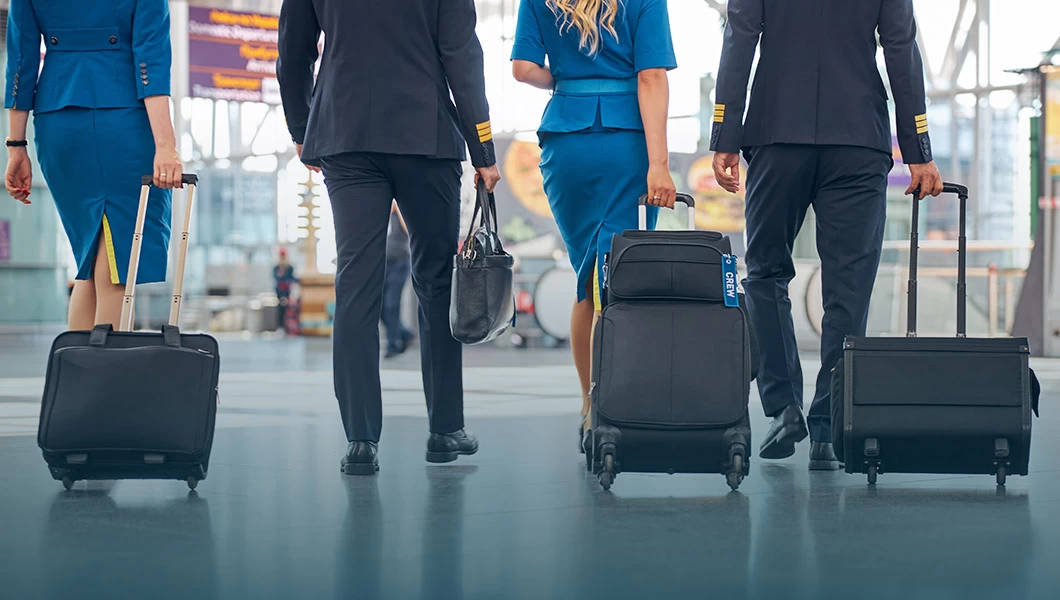Pilot License
First of all, a pilot must carry their pilot license with them, which is their official permission to operate specific types of aircraft.
To avoid any confusion here, remember that a commercial pilot license (CPL) grants the privileges to work as a professional pilot but does not authorize the holder to serve as the Pilot in Command (PIC) of large transport category aircraft. To be a PIC, one must obtain an ATPL. The minimum flight hour requirement for ATPL is typically 1500 hours, with specific conditions for cross-country flights, instrument flight time, and night flying.
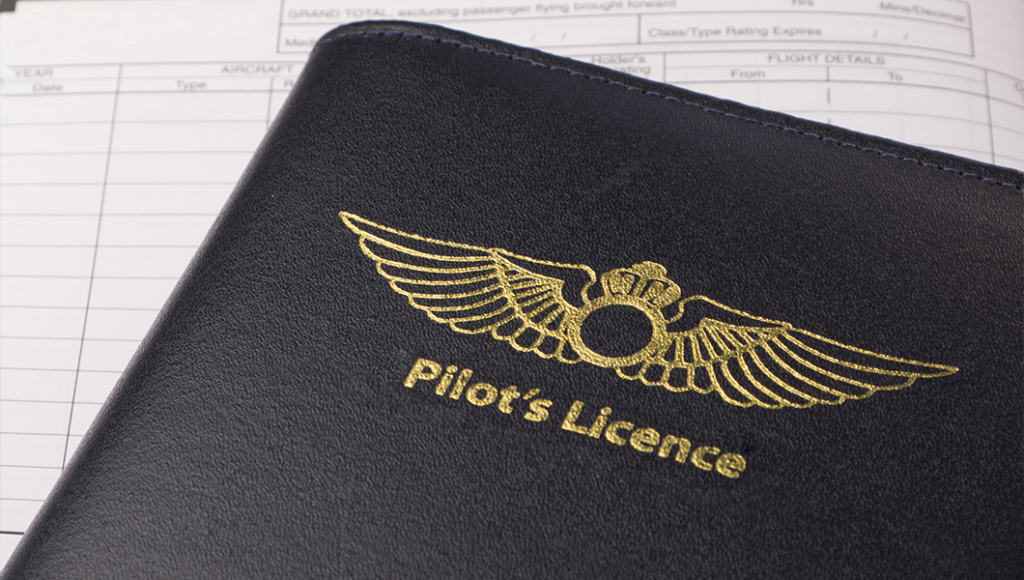
Medical Certificate
Next, before every flight, pilots must ensure their medical fitness to take the controls. ATPL and CPL license holders, flight instructors, and other individuals performing commercial flying duties need an EASA 1st Class Medical Certificate. Pilots under 40 have to do a medical checkup once a year, but those over 40 twice per year.
Usually, pilots cover the cost with their expenses, but in some instances, especially at large airline companies, it may indicated in the contract that the company pays the recurring fee.
Passport and Visas
A valid passport is typically essential to travel internationally, whereas visas may be required depending on the countries pilots plan to visit and their nationalities.
Pilots must ensure their passport is valid for their employment and planned flights and that they have obtained a visa if required. In some cases, the company may support with the visa application process.
Proof of English Proficiency
Commercial pilots must also have their linguistic proficiency document on board for every flight they undertake. This document is a tangible verification of their ability to communicate effectively in English, a skill that directly impacts the safety and efficiency of civil aircraft.
Airworthiness Certificate
This crucial document signifies that the aircraft is fit to fly and meets the safety and airworthiness requirements set by the aviation authority where it is registered. It confirms it has undergone the necessary inspections, maintenance, and testing to ensure compliance.
The document must be renewed periodically, typically annually, to ensure the aircraft meets the relevant standards. Usually, it is physically displayed in the cockpit or near the cockpit entrance, where aviation authorities can easily examine it during inspections.
Registration Certificate
This document includes the aircraft nationality and aircraft registration number, like a birth certificate. For example, for France, it is F-; for Sweden, SE-; for Spain, EC-, etc. The letters are then followed by a combination of unique alphanumeric characters.

Noise Certificate
The noise certificate ensures the aircraft complies with environmental standards and minimizes noise pollution in airports and populated areas. It demonstrates the noise emissions are within acceptable limits.
The noise level of the well-known Airbus A320 and Boeing 737-800 type aircraft is around 93-94 decibels. It has lowered to about 90 decibels in Airbus A350, Boeing 787, Airbus A320neo, and Boeing 737 MAX aircraft, the most modern passenger aircraft nowadays.
Journey Log or Technical Log
This document is like a unique diary for the aircraft. Every time the plane goes on a flight, the pilots and maintenance crew write down important information about it. This includes things like any problems or repairs, how much fuel was added, and if there were any special notes about the flight.
Operations Manual
The operations manual is a thorough guide for safe and efficient flight operations and a reference for pilots and crew. It contains procedures, protocols, and important information to ensure that every flight is conducted with safety in mind. The content includes but is not limited to:
- General operational policies and objectives
- Roles and responsibilities of crew members and operational personnel
- Flight planning and dispatch procedures
- Aircraft performance and limitations
- Weather minimums and decision-making criteria
- Crew training and qualifications
- Aircraft operating procedures (e.g., startup, taxi, takeoff, cruise, approach, landing, shutdown)
- Emergency and abnormal procedures
- Etc.
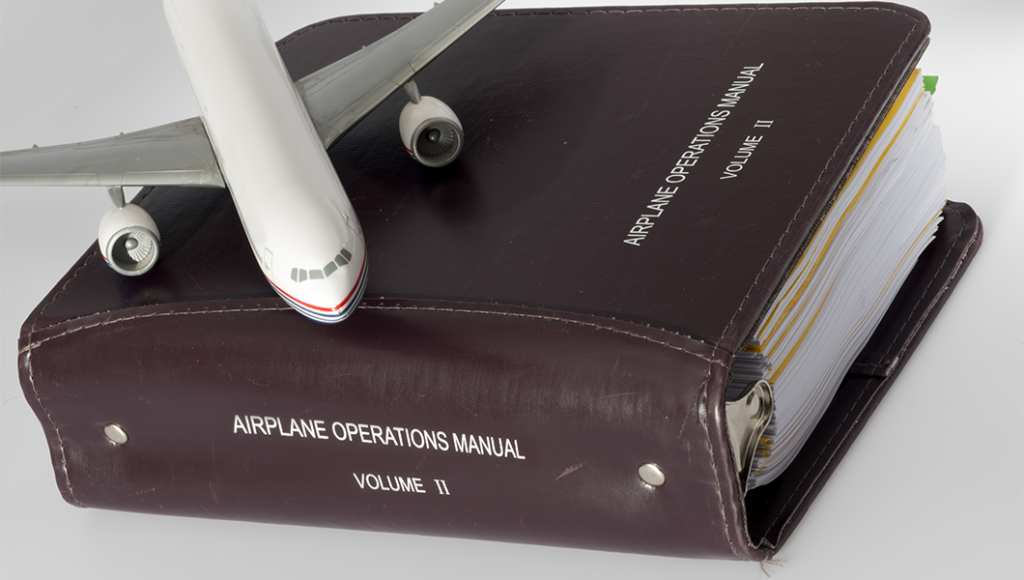
Weight and Balance
The weight and balance data is central to flight planning and operations. Pilots must ensure they have accurate weight and balance information for each flight.
The document provides details about the weight distribution within the aircraft, enabling pilots to calculate the center of gravity precisely. This way, they can determine where to place cargo, passengers, and other items to ensure the center of gravity falls within the specified limits.
Navigation Charts
Making in-flight decisions, such as selecting appropriate routes, altitudes, and approaches based on current weather conditions and air traffic, is only possible with navigation charts. In an emergency or the need to divert to an alternate airport, pilots can use the available essential information about nearby airports, runways, and other critical details.
Your PILOT CAREER
starts with a first click
Minimum Equipment List (MEL)
It may surprise you, but some equipment might be allowed to be inoperative for the flight under specific conditions. The Minimum Equipment Lists categorize equipment based on its importance to the safe operation of the aircraft, such as as essential, non-essential, or optional.
Some rules and procedures must be followed when a piece of equipment is inoperative. For example, pilots may be required to document idle equipment, notify maintenance personnel, and/or record the deferred maintenance action.
To provide some examples, certain non-essential exterior lights, such as taxi lights or specific position lights, may be allowed to be inoperative as long as the aircraft is flown during daylight hours or under certain visibility conditions. Or the aircraft may be permitted to dispatch with one of the anti-ice systems (e.g., wing anti-ice) inoperative in certain cases.
NOTAMs
A NOTAM (Notice to Airmen) is a message issued by civil aviation authorities that contains essential information for air navigation. There are different types of NOTAMs, each providing specific information:
- NOTAM A: Refers to information on aerodromes, runways, facilities, services and applicable regulations. These NOTAMs are of particular relevance to pilots and airlines.
- NOTAM B: Contains information on air routes, navigation systems, controlled airspaces and danger areas. It is essential for flight planning and airline coordination.
- NOTAM C: Provides weather-related data, such as adverse conditions, natural phenomena or events that may affect visibility and flight operation.
- NOTAM D: Includes information on military activities, temporary restrictions and prohibited areas. It is crucial to ensure aircraft safety and avoid airspace conflicts.
Summary
Performing international flights requires a lot of preparation and having specific documents in place. Each document plays a vital role in ensuring safe and lawful operations, from licenses and medical certificates to aircraft documentation and navigation charts.
Although all that you read might seem like a lot to remember at first glance, when you become an active flight crew member, documentation becomes a part of your daily routine that you are used to and don’t find too demanding.
If you have found this article useful, it probably signifies that you don’twork as a pilot yourself… In which case, we invite you to our flight school. As it’s never too late to start! 🙂

